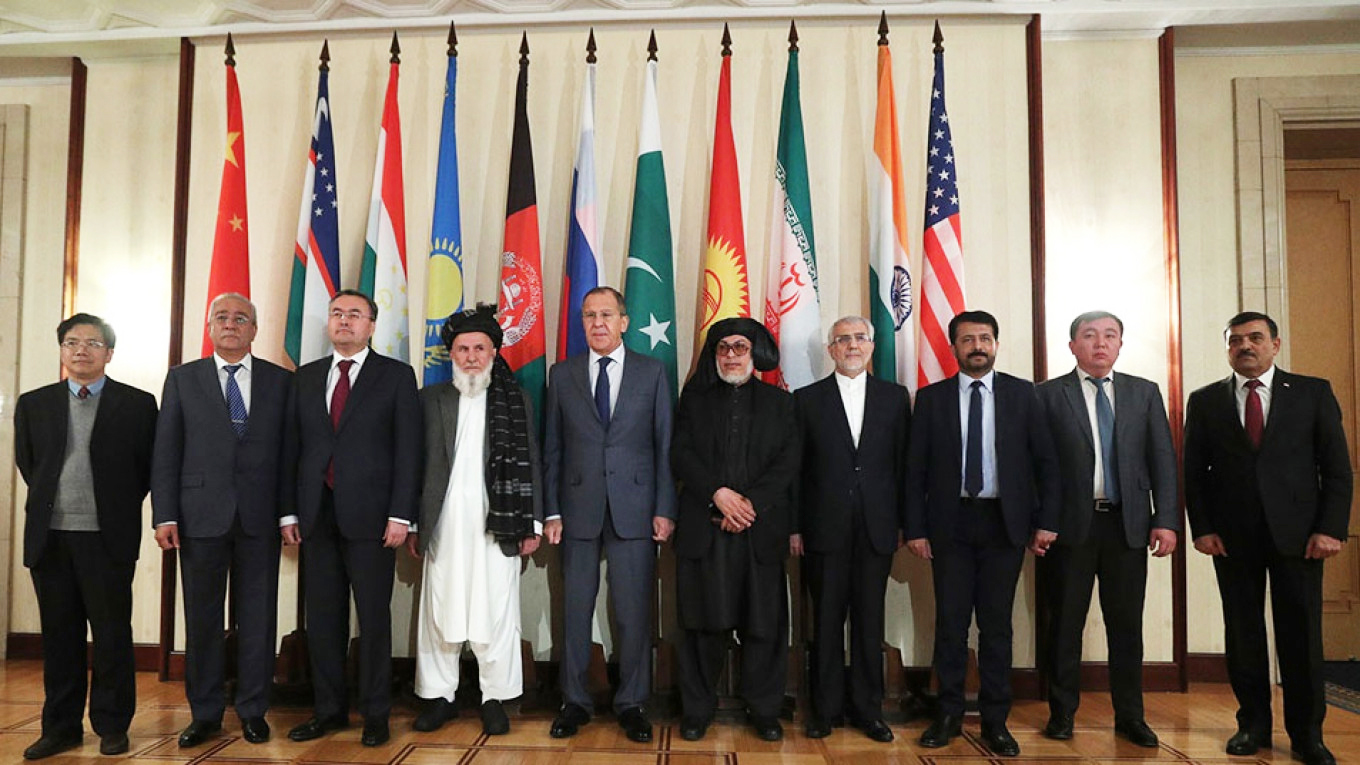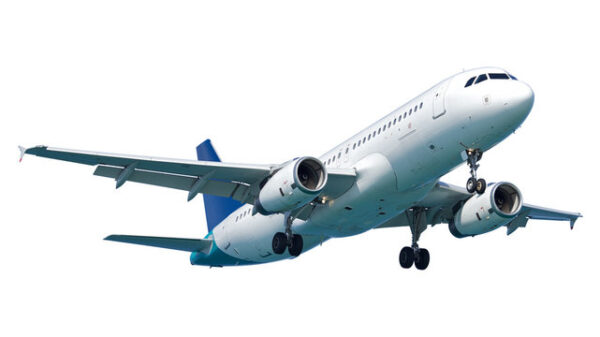While they admittedly control almost half of all Afghan districts by now, the Taliban have yet to lay claim to one of the country’s 34 provincial capitals – something experts say is a dead giveaway of their strategy for extending their control over the whole of the country: This time around, they may be trying to take Kabul – and provincial capitals – not by storm but by encirclement.
This may be one of the ways the Taliban intend to justify the hype about the student militia having changed over time and learnt a thing or two from their days down and out. Another indication they are mindful not to alienate the global audiences is that this time around, the puritanical militia is not bent on beating righteousness into the populace – not for now at least.
In a sign their siege strategy may be working, reports suggest that supply lines between the ANA headquarters and district contingents have been cut off in many areas. “Only military planes can fly in some provinces as ground access is cut off”, an Afghan citizen told The Truth International (TTI) via phone from the Helmand province. “People are facing problems to move among the fallen districts”.
“Except for one district out of 14, all have been taken by the Taliban”, he added. “Almost 90 percent of the [Helmand] province is under the Taliban and the situation is quite similar in the nearby provinces like Kandahar, Nimruz, Uruzgan and Zabul”.
The Afghan forces in the lost districts were left with no choice but to either surrender or flee the districts. In some provinces, the government writ is restricted to a few miles around the provincial capital cities.
The Afghan speaking from Helmand said “Unlike the past, the Taliban have not started implementing their strict laws, but only asking the local people to grow beards, and not to shave.”
Other reports say Taliban have ordered suspended telephone, internet and mobile phone services. “No one can be seen as using a mobile in public,” resident of the Kandahar province said.
There have been no reports of large scale killings by either Taliban or the ANA forces, although some isolated incidents of former members of military or police being killed or tortured have been reported. “Taliban are interrogating some former military and police personnel about their weapons depots,” the resident of Helmand stated.
Taliban unruffled by US airstrikes
The recent airstrikes in the southern provinces of the country by the US fighter jets opened a new debate whether the US will continue providing aerial support to the Afghan forces after pulling out of its troops or what it means?
Some analysts see it as a strong signal by the US to the Taliban that their troops are still in Afghanistan, and not fully withdrawn. Taliban have not strongly reacted to the airstrikes or use any ‘threatening statement’ but just a condemnation.
Professor Ramish Salemi, a political analyst in Kabul, shared his views on the airstrikes, “Taliban will not take these airstrikes seriously at least at this moment. So the question is, will the US keep up airstrikes or not.”
“The US airstrikes in Kandahar show they are signalling the Taliban that they are still in Afghanistan, and their troops are not out of Afghanistan yet. They are giving the signals to the Taliban that they do not have the free run of the country just yet.” “Taliban advances are not in the interest of the US strategic position, as they are not totally out of Afghanistan”, Mr Salemi added. “This is a signal for the US and NATO troops presence in Afghanistan, and not there to support the Afghan government”.
Afghan population moving to cities
Meanwhile, reports coming in from various parts of Afghanistan suggest large numbers of Afghans are being displaced by Taliban advances whether directly or indirectly because of disrupted supplies and the atmosphere of fear created by the prospect of their return.
This latest crisis sent worrisome signals across the world. The United High Commission for Refugees or UNHCR has recently stated that some 270,000 Afghans have been internally displaced due to the escalation of violence.
The neighbouring countries of Afghanistan have also been put on high alert of possible fallout. Pakistan and Iran have already been hosting millions of Afghan refugees for the last 4 decades. This could further bring their economies under pressure.
Afghans say some families from the war zones have already moved with necessary belongings towards the urban centres.
“My relatives have fled their native districts as they were facing food scarcity and poor law and order situation”, one resident from Kabul told TTI on the condition of anonymity as she is not allowed to speak to media.
“They came in the wearing clothes, and have rented houses in the outskirts of the capital city. One of my cousins went back to her hometown to collect some daily used items, but was shocked to see the empty streets and dried plants in her home”.
The common Afghans are confused and running for their safety from the violence hit districts to the relatively peaceful urban neighbourhood.
Professor Salemi stated, “Life under the Taliban is quite tense and people are fleeing the areas, fallen to the Taliban. People fled from the districts where intense fighting is going on, like from Kandahar, Farah and other provinces.
“People are running away from Taliban controlled territories, and Taliban have not taken steps to take cities with the people. People are neither with the Taliban nor the Kabul government. They are fed up with the prevailing security conditions. The people are preferring to move to the Afghan government’s territories, which is becoming smaller and smaller day by day.”
A former civil servant and one-time Afghan ambassador to Pakistan Rustom Shah Mohmand in a television interview has said Pakistan stands to benefits the most if there is lasting peace in Afghanistan, but is likely to be the worst hit of the neighbours if the crisis deepens.
Prospects for intra-Afghan peace
But there is some scepticism on the current situation of Afghanistan. Some analysts are not optimistic of the outcome of the ongoing peace talks. Some criticizes Kabul for its unclear policy, while others say Taliban are not serious in talks but wait and see till the complete withdrawal of foreign forces.
A US based South Asia Security analyst Dr Asfandyar Mir told TTI in an interview, “My understanding is that the Taliban are not engaging meaningfully and rebuffing both US and regional offers of power-sharing arrangements, which give them a major stake.”
“At the Tehran meeting some weeks ago, the Taliban leadership had put forward some firm proposals, which republic negotiators were keen on exploring further but in the more recent meeting at Doha, they backtracked from the progress in the Tehran track”
He said, “For now, it looks like the Taliban will engage in the peace process not to reach a power-sharing agreement but to probe for maximum concessions from the republic while keeping up the pressure on the battlefield.”
The Taliban have a multifaceted strategy to win against the Kabul administration in the prevailing fluid situation. Taliban have been assuring the world of their commitments to have all sides agree to a peaceful settlement of the conflict, and not to allow anyone to use the Afghan soil against the US or any other country.
But on the other side, Taliban have launched aggressive military campaign across the country by taking over districts and key routes to build pressure on the Kabul government to fall or give a major share in the future political set up.
Dr Asfandyar Mir said, “Since its campaign in the north and south, and capture of major border crossings like Spin Boldakand Qala e Islam, the Afghan Taliban is putting enormous pressure on the Afghan government.
“One interpretation of recent events is that the Taliban are trying to work around a strategy of a violent military takeover and hoping to ramp up military and political pressure to induce a collapse of the republic.
“Yet my sense is that this approach may not be sustainable as the current campaign remains costly for the Taliban. In the last quarter, the Taliban suffered very heavy losses, especially in the south of the country.
“The Taliban are also struggling to govern some of the areas they have captured. In addition, for now, the Afghan military remains reasonably cohesive and won’t fold easily in case of a major Taliban push against provincial capitals.
“All of this is to say that the Taliban strategy remains a long shot and Afghanistan is poised to experience serious fighting in the coming months”.










